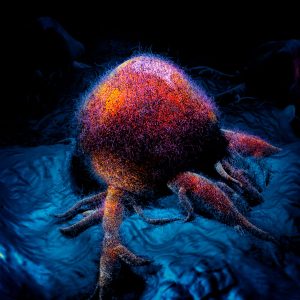The scanning tunneling microscope (STM) is unique in its atomic resolution. The objective of the research is to develop an STM technique that will provide an NMR signal for each atom that the STM observe. This is possible using the hyperfine coupling between an electron which will be injected into the molecule and the nearby...
This website uses cookies so that we can provide you with the best user experience possible. Cookie information is stored in your browser and performs functions such as recognising you when you return to our website and helping our team to understand which sections of the website you find most interesting and useful.





















